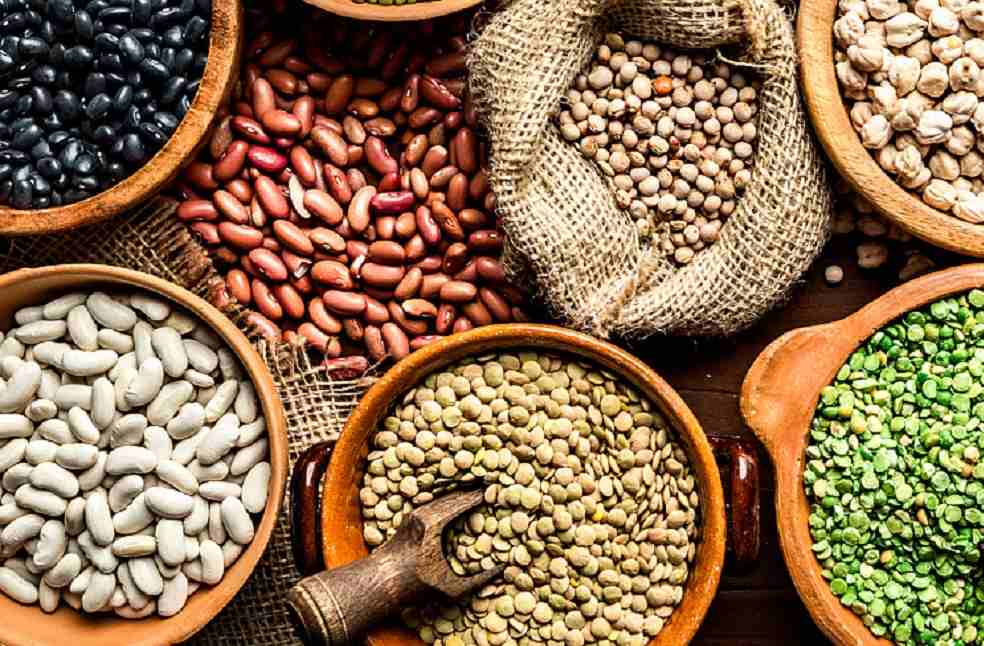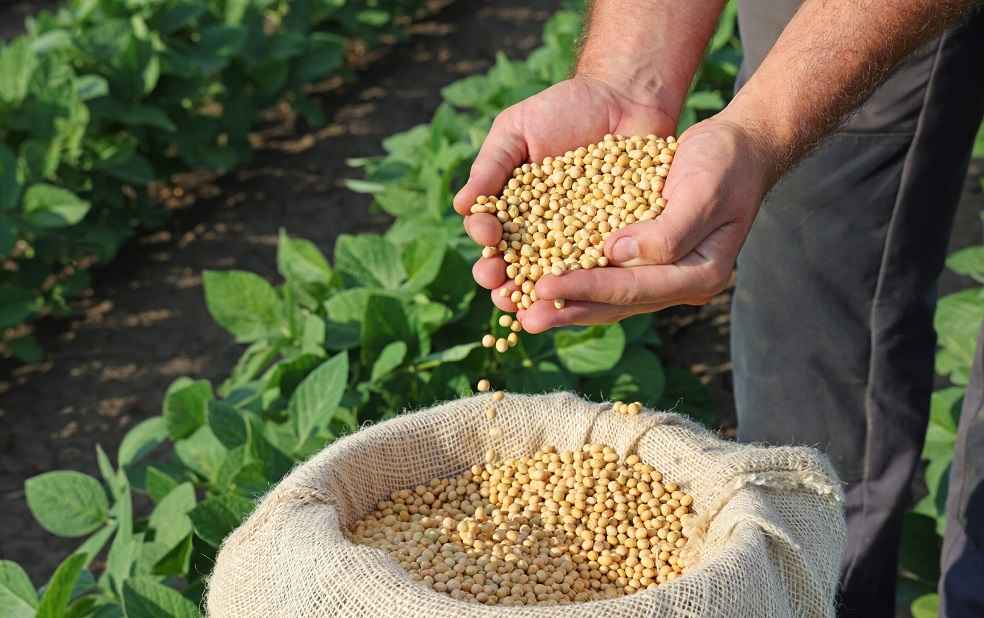Brazil reported a trade surplus of $74.55 billion for 2024, marking a 24.6% decline from the record-breaking $98.9 billion in 2023, according to the Ministry of Development, Industry, Trade, and Services (MDIC). Despite the drop, 2024 achieved the second-largest trade surplus since records began in 1997. Experts anticipate a similar or slightly higher surplus for 2025, though still significantly below 2023’s peak.
The Ministry’s Foreign Trade Secretariat (SECEX) reported exports of $337 billion and imports of $262.48 billion in 2024. The narrower surplus was attributed to declining commodity prices and rising import volumes.
Economists foresee a complex trade scenario in 2025. A slower domestic economy is expected to reduce imports, while a strong agricultural harvest may drive export growth. However, uncertainties linger over export prices, exchange rates, and the impact of renewed U.S.-China trade tensions as President Donald Trump takes office in January.

Lucas Barbosa, an economist at AZ Quest, predicts a trade surplus of up to $80 billion in 2025 if domestic economic deceleration materialises. He expects exports to rise to $350 billion while imports stabilise at 2024 levels. Gabriela Faria of Tendências Consultoria projects a $77.6 billion surplus, citing gains in export volumes of minerals, oil, and grains, offsetting a 1.6% decline in export values. Domestic grain production is forecast to grow by 8.2% in the 2023/24 cycle, with record soybean harvests anticipated, according to Brazil’s National Supply Company (CONAB).
Import activity in 2025 is expected to decline by 3.1% due to weaker domestic demand, Faria noted, with tightened financial conditions and reduced fiscal stimulus contributing to GDP growth projections of 1.9%, down from 3.4% in 2024. Meanwhile, the exchange rate remains a critical factor. A strong dollar above R$6 could boost exports by making goods like animal protein more competitive internationally, Barbosa explained.
Herlon Brandão, MDIC’s director of foreign trade statistics, expressed optimism about 2025 imports maintaining or exceeding 2024 levels due to projected economic growth. He also highlighted the global demand for Brazilian agricultural products, particularly soybeans and meat, which are expected to regain prominence as top exports.

The wide range of 2025 surplus projections—from $60 billion to $93 billion—underscores market unpredictability, said José Augusto de Castro, president of the Brazilian Foreign Trade Association (AEB). He cautioned that commodity prices remain volatile and sensitive to external events, including U.S.-China trade relations.
Tatiana Prazeres, MDIC’s foreign trade secretary, described 2024 as a “sustained year of high export volumes,” despite lower prices. While export volumes rose by 3%, values dropped by 0.8% due to a 3.6% decline in prices.
Notable export products in 2024 included beef, pork, sugar, and coffee. Despite price declines, increased volumes helped offset losses. On the import side, SECEX data revealed a 17.2% increase in volume but a 7.4% price decline. Capital goods imports rose sharply, driven by a 25.6% surge in volume and a 4.7% drop in prices, reflecting robust domestic demand.
Welber Barral of BMJ consulting noted that the increase in capital goods imports is a positive indicator for the economy. Despite a nearly 25% drop in the surplus, 2024’s performance remained strong by historical standards, suggesting resilience in the face of global challenges. A similar pattern is expected for 2025, with steady imports and robust export growth anticipated.
POLICY & LAW | US Trade Penalties Surge: Higher Costs Hit from January 15



